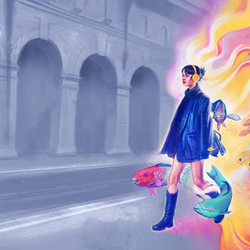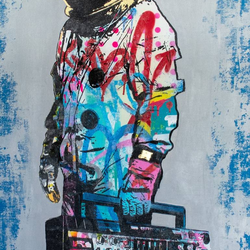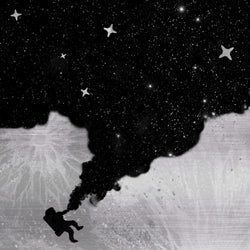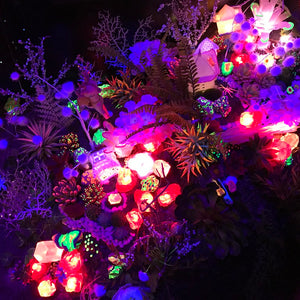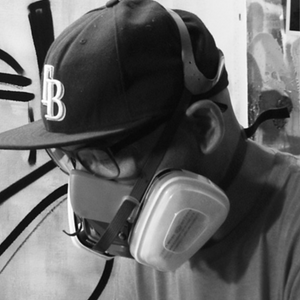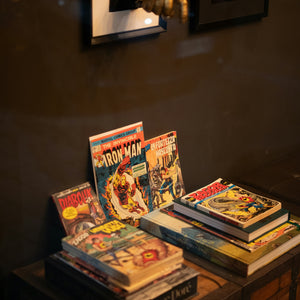From Earth to Infinity: The Art We’ve Launched into Space
Published February 24, 2025
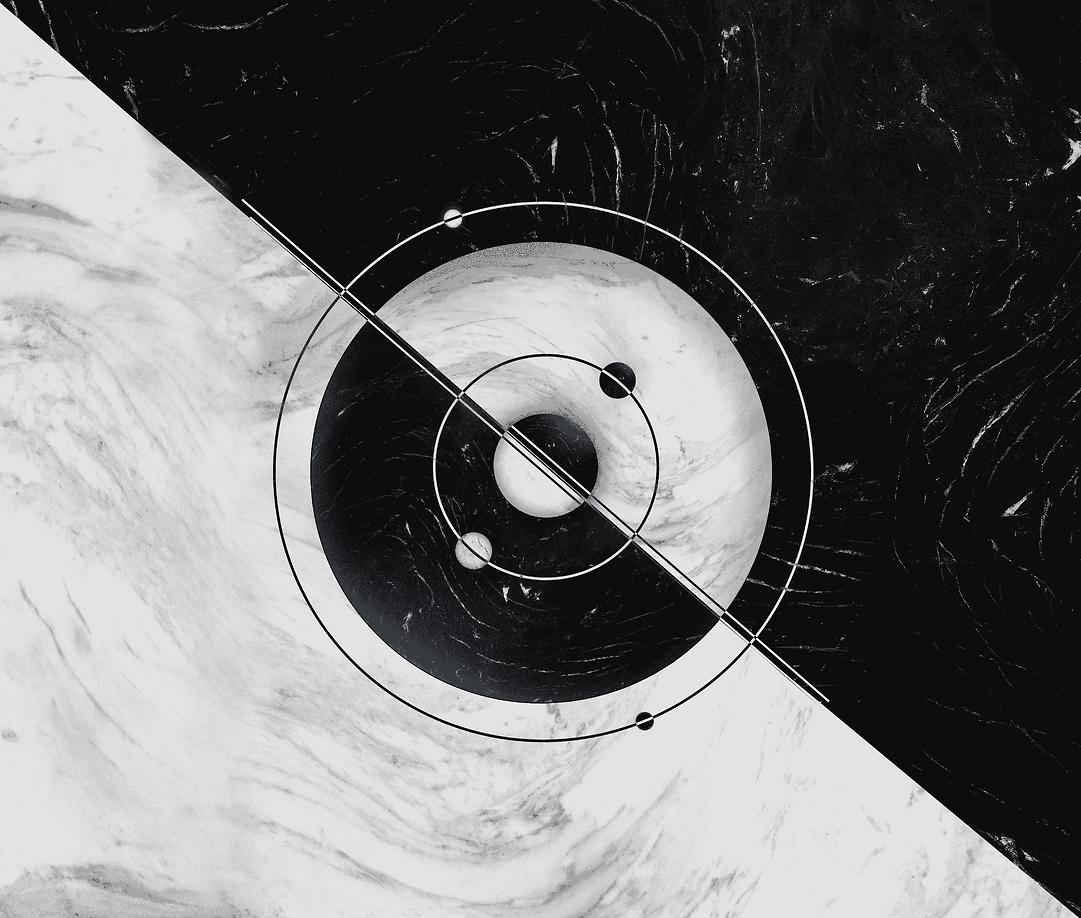
Artwork by Lumos19 Studio
Space exploration conjures images of the functional: clean machinery, matching outfits, the works. Is there any room for art on the final frontier?
Most of what we send to space ends up being beautiful by happenstance. Those fancy astronaut sippy cups are a work of art if only for the cleverness of their design, but that’s not the only thing of beauty to break the atmosphere.
As we’ve ventured farther into the cosmos, something unexpected has happened: We’ve sent art along for the ride. Art and space have long had a curious relationship – a mix of awe, fear, and romanticism. We may have spent our lives looking at the stars and wondering about our place in the universe, but the art we send doesn’t necessarily reflect that.
The art that leaves Earth behind tells a different kind of story, and it’s a little spooky.
A brief review of the art we've sent into space
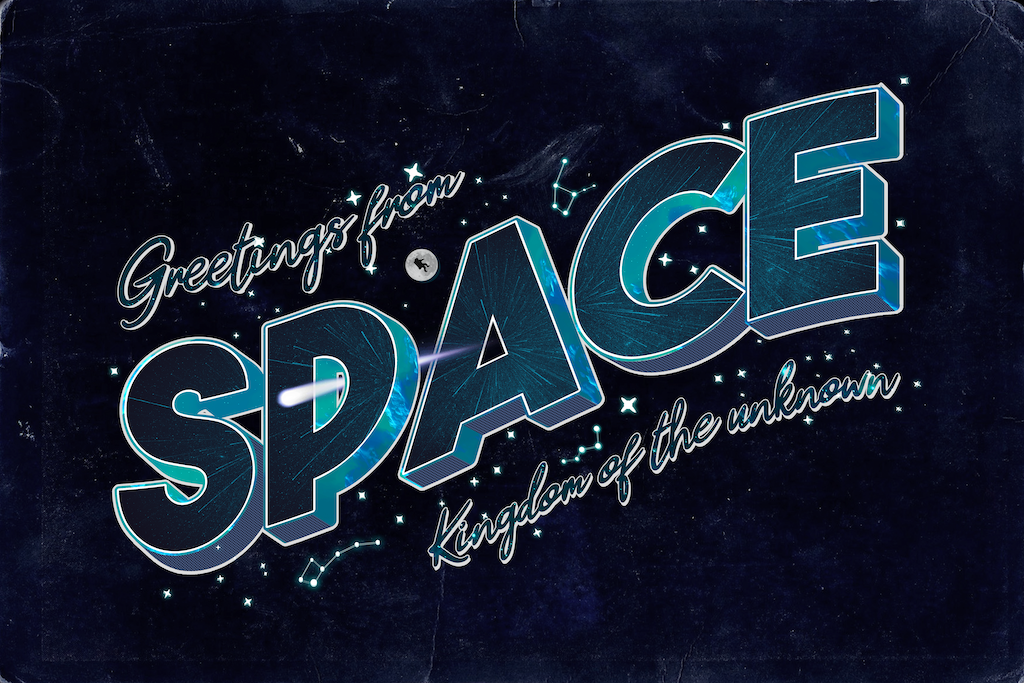
Artwork by Lumos19 Studio
Reports vary on exactly how many pieces of art we as a species have sent into space. Art is so subjective that it could be argued that every satellite is a work of art. Have you seen the James Webb Space Telescope? Gorgeous.
But we’re talking about deliberate aesthetics, where form is just as important as function. With that distinction, we can identify a few major artworks that have truly broken free of the surly bonds of Earth.
Moon Museum
One of the earliest pieces of space art is called the “Moon Museum,” but you won’t be jumping low gravity style through this exhibit anytime soon: “Moon Museum” is a tiny ceramic plate that was secretly attached to the Apollo 12 shuttle.
This tiny ceramic canvas features the work of six of the best-known artists of the ‘60s: Robert Rauschenberg, David Novos, John Chamberlain, Claes Oldenburg, Forrest Myers, and Andy Warhol. Myers drew the pattern in the lower left, and Rauschenberg left a line. Novros drew a black square above Chamberlain’s circuitry diagram. Oldenburg drew a more geometric Mickey Mouse, and Andy Warhol wrote his initials in the shape of what is inarguably a rocket. It’s just a rocket.
Fallen Astronaut
The “Fallen Astronaut” is an 8.9cm-tall human figurine made of aluminum. It was crafted by Paul Van Hoendonck and placed on the moon by the Apollo 15 crew in 1971. The statue also came with a plaque covered in the names of astronauts and cosmonauts who lost their lives to space exploration.
Color Calibration Chart
Damien Hirst’s “Color Calibration Chart” is the first piece of artwork to be sent to another planet. The British Beagle 2 Mars lander carried the spot painting all the way to the red planet, but the mission was believed to be a failure when Beagle 2 lost contact. It wasn’t until 2015 that NASA’s Mars Reconnaissance Orbiter HiRISE camera found the Beagle 2, which never ended up deploying its solar panels.
The Lunar Codex
The Lunar Codex is a labor of love by physicist Samuel Peralta. It’s a time capsule of human achievement split into seven collections and carried into space, where some collections will inevitably remain, and others will return.
In total, it comprises the work of over 35,000 contemporary artists, writers, musicians, and filmmakers from all over the world. Their art was transcribed onto nickel-based NanoFiche – an analog method of long-term data preservation that can be read with a microscope.
The “Codex Orion,” “Codex Peregrine,” and “Codex Nova” collections have already launched, with Orion successfully orbiting the moon and returning, Peregrine burning as it re-entered the atmosphere, and Nova landing safely on the moon aboard the Odysseus lander.
“Codex Serenity,” “Codex Minerva,” “Codex Freya,” and “Codex Polaris” are scheduled to ride aboard future NASA lunar missions.
The Golden Record
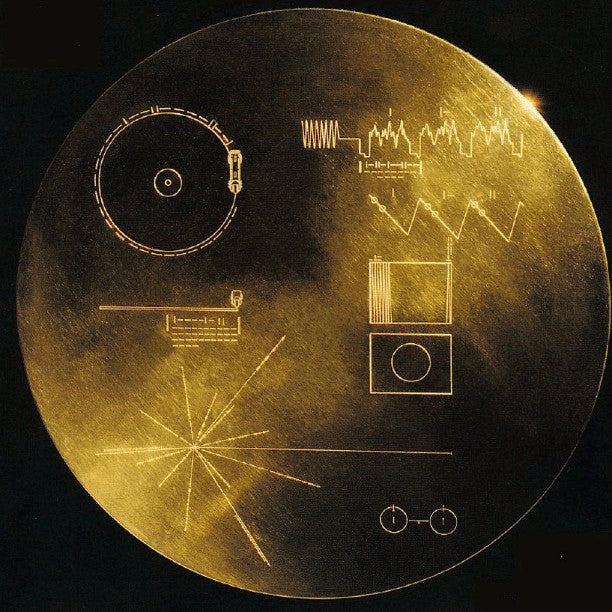
Photo by Oğuzhan Ali
Possibly the most famous work of art to leave the Earth has also left the solar system. There are two Golden Records riding the Voyager 1 and Voyager 2 space probes. These records were the work of a team organized by the American astronomer and planetary scientist Carl Sagan. The mission: to represent life on Earth in a way an alien could understand.
Were an alien to find one of the records, they would discover a unique work of art. Etched onto the cover of the record is a diagram showing how to play the record. The other etchings include binary directions on how to decipher the information encoded in the record and a pulsar map leading to our sun.
By following these instructions, these aliens would find diagrams of humans eating and drinking, recordings of people saying “hello” in different languages, and a curious track that sounds a little like fireworks – the scan of Ann Druyan’s brainwaves. That sound comes from a scan of Ann Druyan’s brainwaves, recorded shortly after she and Carl Sagan decided to marry, having fallen in love during the project.
The Golden Record holds, among other things, directions for an advanced enough alien species to find humanity, a welcome call from the world, and a snapshot of a brain in love.
Space art trends: functional, afraid, a little optimistic
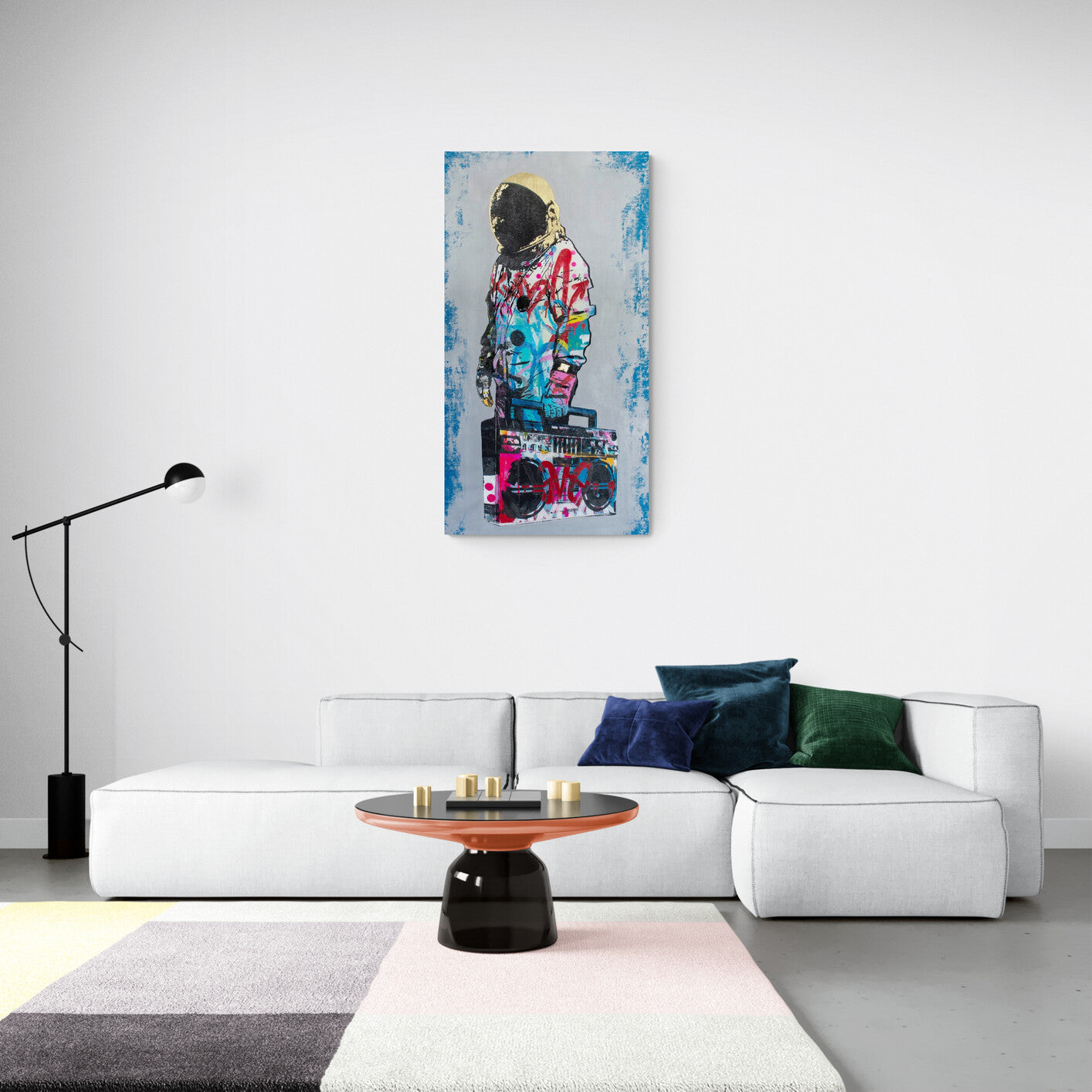
Artwork by Bollee Patino
When we look at the art we’ve sent into space, a few themes emerge. First, all of it is functional, but there are a few different things it accomplishes.
Works like the Color Calibration Chart are both a minimalist beauty and a useful tool for scientific experimentation.
The Moon Museum and Lunar Codex fit within a slightly more sinister paradigm. There’s a certain implicit doom in the idea that we need to leave proof in space to show we were once a planet that valued culture and beauty. It’s a beautiful message in a bottle that will hopefully guarantee the best things we’ve made will outlast the worst things we might become.
And then there’s art like the Golden Record, a shiny breadcrumb launched into infinity, hoping there’s life somewhere similar enough to us to translate our love and goodwill and greetings and come say hi.
Your work deserves to leave a mark too – right here on Earth.
Join Creator Collective today and join a growing community of artists, connect with buyers, and let us handle the business logistics.
Launch a message our way here.


